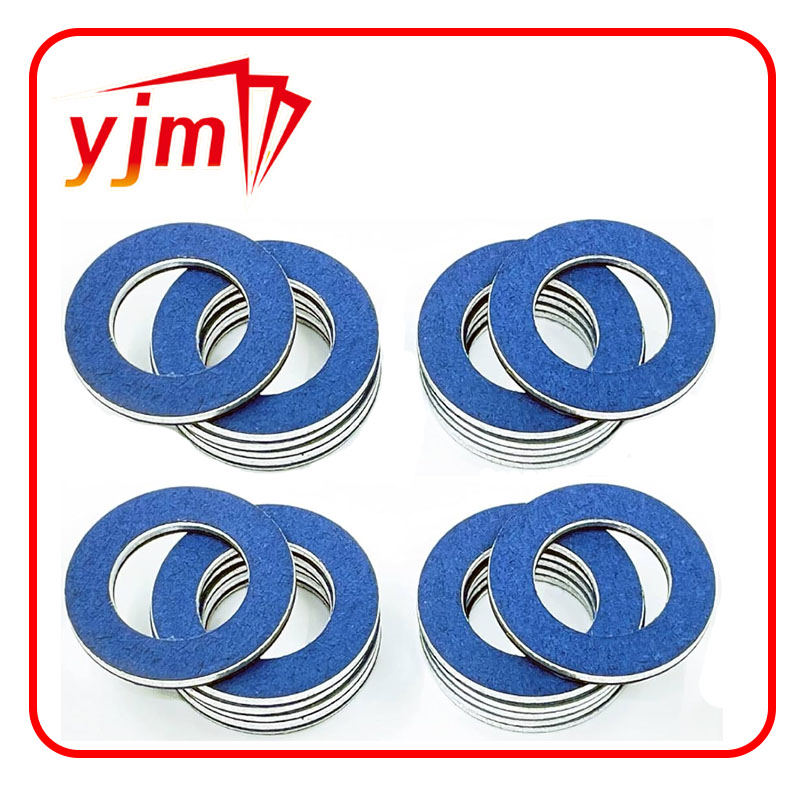Oil Cooler Housing Leak Issues and Solutions for Enhanced Vehicle Performance
Understanding Oil Cooler Housing Leaks Causes, Symptoms, and Solutions
Oil cooler housing leaks are an issue that can affect a variety of vehicles, particularly those with internal combustion engines. The oil cooler is an essential part of an engine's cooling system; it helps regulate the temperature of the engine oil, ensuring it remains within optimal operating conditions. A leak in the oil cooler housing can lead to significant issues, including overheating, diminished performance, and extensive engine damage if left unaddressed. In this article, we will explore the causes, symptoms, and potential solutions for oil cooler housing leaks.
Causes of Oil Cooler Housing Leaks
1. Wear and Tear Over time, the materials used in the oil cooler housing can degrade due to regular exposure to high temperatures and pressure. This wear can create cracks or openings that lead to leaks.
2. Improper Installation If the oil cooler or its housing was not installed correctly, it could result in misalignment, leading to stress on the housing and eventual leaks.
3. Corrosion In vehicles that are frequently exposed to harsh environments, such as road salt or extreme weather conditions, the metal components of the oil cooler housing can corrode over time, causing leaks.
4. Temperature Fluctuations Engine components expand and contract with temperature changes. Repeated fluctuations can weaken the seals and gaskets used within the oil cooler housing, leading to leaks.
5. Faulty Gaskets Gaskets play a crucial role in sealing the connections between various components. If these gaskets wear out or fail, they can also be a source of leakage.
Symptoms of an Oil Cooler Housing Leak
Recognizing the symptoms of an oil cooler housing leak early can help prevent costly repairs down the line. Here are some common signs to look out for
1. Oil Puddles If you notice oil puddles or wet spots underneath your vehicle, it could be an indication of an oil cooler housing leak.
oil cooler housing leak

2. Low Oil Levels A significant drop in engine oil levels may signal a leak. Regularly checking your oil level can help identify any abnormal changes.
3. Overheating Engine If your engine begins to overheat, it might be due to insufficient oil flow caused by the leak. An overheated engine can lead to severe damage if not addressed promptly.
4. Oil Pressure Warning Light Many vehicles are equipped with an oil pressure warning light. If this light activates, it’s a sign that oil isn’t circulating properly, possibly due to a leak.
5. Unusual Engine Noise A leaking oil cooler can reduce the effectiveness of lubrication in your engine, leading to unusual sounds like knocking or grinding.
Solutions for Oil Cooler Housing Leaks
If you suspect you have an oil cooler housing leak, it’s essential to address the issue as soon as possible. Here are some steps you can take
1. Diagnose the Leak Take your vehicle to a trusted mechanic who can diagnose the leak accurately. They can perform pressure tests and inspection to locate the source.
2. Replace the Gasket or Seals If the leak is due to a faulty gasket or seal, replacing these components may solve the problem.
3. Fix or Replace the Oil Cooler In cases of significant damage to the oil cooler or housing, repair might not be sufficient. Replacing the entire unit may be necessary to prevent future leaks.
4. Regular Maintenance Keep an eye on your engine oil levels and get regular maintenance checks to catch any potential issues early.
In conclusion, an oil cooler housing leak can lead to serious engine problems if not addressed in a timely manner. By being aware of the causes, symptoms, and solutions, vehicle owners can take proactive steps to maintain their engine's health, ensuring it runs smoothly for years to come. Regular inspections and maintenance can go a long way in preventing leaks and extending the life of your vehicle's engine.
-
Understanding the Front Main Engine Seal: Purpose, Maintenance, and Installation
News Jul.29,2025
-
Understanding O-Rings and Seal Rings: Types, Applications, and Custom Solutions
News Jul.29,2025
-
Understanding Crankshaft Oil Seals: Rear Seals, Pulley Seals, and Their Role in Engine Integrity
News Jul.29,2025
-
The Importance of Front and Rear Crankshaft Seals in Engine Performance and Oil Management
News Jul.29,2025
-
Crank Oil Seals: Functions, Types, and Cost Considerations in Engine Maintenance
News Jul.29,2025
-
A Comprehensive Guide to O-Rings and Seals: Types, Materials, and Global Applications
News Jul.29,2025
-
Mastering Diesel and Performance Engine Maintenance: A Guide to Critical Oil Gaskets
News Jul.28,2025
Products categories















